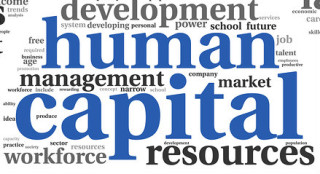Read an excerpt from this article below. You can download the full article by using the link at the end of the excerpt.
When unemployment is high, when young people coming out of college can’t find jobs, when storefronts stand vacant on Main Street, it can be hard to visualize assets that can make the local economy prosperous again. Yet despite all the problems you may be facing, our current economic situation can be like the young girl, when asked why she was shoveling a pile of horse manure with such enthusiasm, said: “There must be a pony in here somewhere!”
Where do you start to inventory your assets? The first step is to realize that there are many different kinds of economic assets. If you look at your community as a company, you might categorize your assets as being a result of different forms of capital.
Natural Capital: Your natural capital forms the basis for meeting critical community needs. It includes your water supply and waste assimilation systems; soils, forests, and natural areas; sources of energy; the foods you eat and the air you breathe; and so on.
Physical Capital: In addition to natural capital, your community has physical capital: housing; transportation and communication systems; manufacturing capacity; public buildings; water and sewer lines; energy generation facilities; commercial and industrial buildings and equipment; and also cultural and historic assets.
 Human Capital: All those college and high students who can’t find jobs are a good example of underutilized human capital. The people power your community has — the ingenuity, creativity, entrepreneurial spirit, and real skills locally available — are critically important for your future prosperity.
Human Capital: All those college and high students who can’t find jobs are a good example of underutilized human capital. The people power your community has — the ingenuity, creativity, entrepreneurial spirit, and real skills locally available — are critically important for your future prosperity.
Social Capital: You can have highly skilled people, but if they are isolated and unable to work together to take collective action, your social capital might be quite low. Social capital allows people to accomplish things together. It forms the bonds of trust and mutual interests that are so important for any enterprise — or community — to thrive. …
End of excerpt
You must be logged in or a PlannersWeb member to download this PDF.